Baltimore is one of the most historic cities in the U.S. and holds many worthy attractions. Founded in 1729, Baltimore thrived as a port city receiving tons of cane sugar from the Caribbean and shipping out tobacco grown locally. By the mid-1800s the mill business was booming in Baltimore’s Jones Falls area as large brick buildings popped up along the once scenic creek. Baltimore’s post-industrial restaurants are giving these old buildings a new life.
Throughout history, Baltimore’s post- industrial buildings have served their purpose only to be left to rot when no longer needed. Over the last 15 years Baltimore has set the standard for re-purposing these icons from the industrious 18th and 19th centuries. Several grand old buildings now stand tall and proud as world-class eateries. Find these excellent restaurants from the Inner Harbor area to points east and north.
A James Beard winner
Woodberry Kitchen was one of the first to make its mark in an old industrial complex known as the Clipper Mill. What makes Woodberry Kitchen standout is the authenticity of the original building inside and out. On the weathered outside, red, brown, and black bricks tell a story of a long hard life keeping the elements out while workers toiled inside. Woodberry Kitchen’s outdoor dining patio is the place to enjoy warm nights in June through September sipping a craft cocktail and devouring James Beard award-winning Chef Spike Gjerde’s farm-to-table menu.
The indoor dining areas feature high-arched windows and soaring ceilings. Grab a seat at the bar at opening time if you didn’t make reservations. Enjoy the show of the open kitchen and bar while selecting a series of small plates like Tilghman Island crab pot, then move on to a 14-ounce strip steak. Local Maryland wines populate the wine list and are worth a try. Finish with a dessert and try out their coffee barista’s rich brew with exceptional artwork on top.
Just downstream from Woodberry Kitchen is La Cuchara in the Meadow Mill building. This is smack dab in the middle of Baltimore’s post-industrial restaurants where during the last stages of its industrial life, Meadow Mill churned out raincoats for the London Fog brand. Renovated in 1990 this New England style cotton mill now offers office spaces, studios, and flex space. Most importantly, Meadow Mill now houses La Cuchara. Though not as impressive as some restaurant buildings that made this list, the food is the best Basque and Spanish food in the Baltimore area. La Cuchara has won awards for their wine program too. Sunday nights they feature half-priced bottles of wine for those priced $100 and above.
Start out with Pintxos, a small appetizer of one or two bites in size, savoring the Jamon Croquette in all its savory-smoky glory. Don’t miss the bread selection that is one of the best in the city. Move up to a charcuterie and cheese selection before trying their Bronzino with wood grilled asparagus. If you have room left for dessert, La Cuchara’s raspberry almond cake or brioche bread pudding with send you off with a smile on your face and contentment in your soul.
Down the creek
A trip of less than five minutes downstream on historic Jones Falls will take you to the next stop. Cosima opened in 2016 to rave reviews with Chef Donna Crivello showing off her Sicilian roots. It’s hard to say whether the food or dramatic building takes center stage here. Mill Number 1 started life as a cotton mill in 1847 before fading into obscurity like many of its neighbors. Resurrected in style, the old mill building retains much of its charm. Cosima also has outdoor dining not to miss in the warm months and welcomes well-behaved dogs on the deck. With a big blue neon sign proclaiming Mill No. 1 easily seen from the Jones Falls Expressway, it’s hard to miss this post-industrial mill building. Plan on making reservations and using their valet.
One of the downtown entries for Baltimore’s post-industrial restaurants is Bar Vasquez. This old shipping building retains much of its charm with high ceilings and dark but romantic atmosphere prevailing. Part of the successful Foreman-Wolf restaurant group, this Argentinian based menu is big on quality meats. The wine list is excellent, especially their Malbec wines from Argentina.
Heading east our last stop is Gunther & Company. Chef Jerry Trice moved up from his award-winning food truck in Washington DC to this old brewery building. After extensive remodeling, Gunther & Company’s post-industrial past shows rich patinas in the old brick walls with shades of red, orange, and even hints of blue. Lunch is served in the front of the house where the bar and a few tables are. The flatbreads and soups are tasty lunch options.
Check out the back of the restaurant where a large dining area takes up two floors. Take a look up at one of the most interesting green walls in the city by the large staircase. This vertical garden adds softness to the brick and steel framework. The stairs are new but many of the support beams once witnessed many a bottle of beer go by where now there are happy diners. Also a favorite of dog owners in warm weather, Gunther & Company features a popular Yappier Hour for pets and their humans on the patio.
Baltimore’s post-industrial restaurants are successful and should stand as an example for other cities. Why tear down an old building with gobs of character when you can turn it into a world-class eatery? All it takes is a great chef, some imagination, and an adoring public. I hope your city follows Baltimore’s lead and gives an old building a new life soon.
 Copyright secured by Digiprove © 2018 Kurt Jacobson
Copyright secured by Digiprove © 2018 Kurt Jacobson



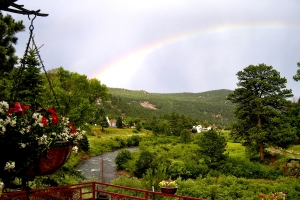
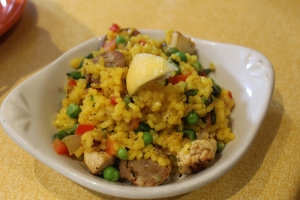
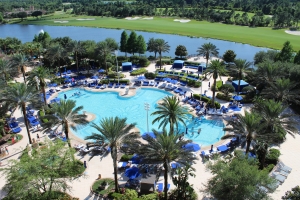
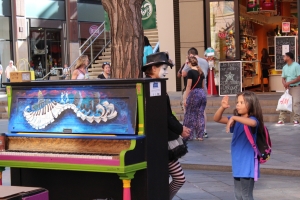
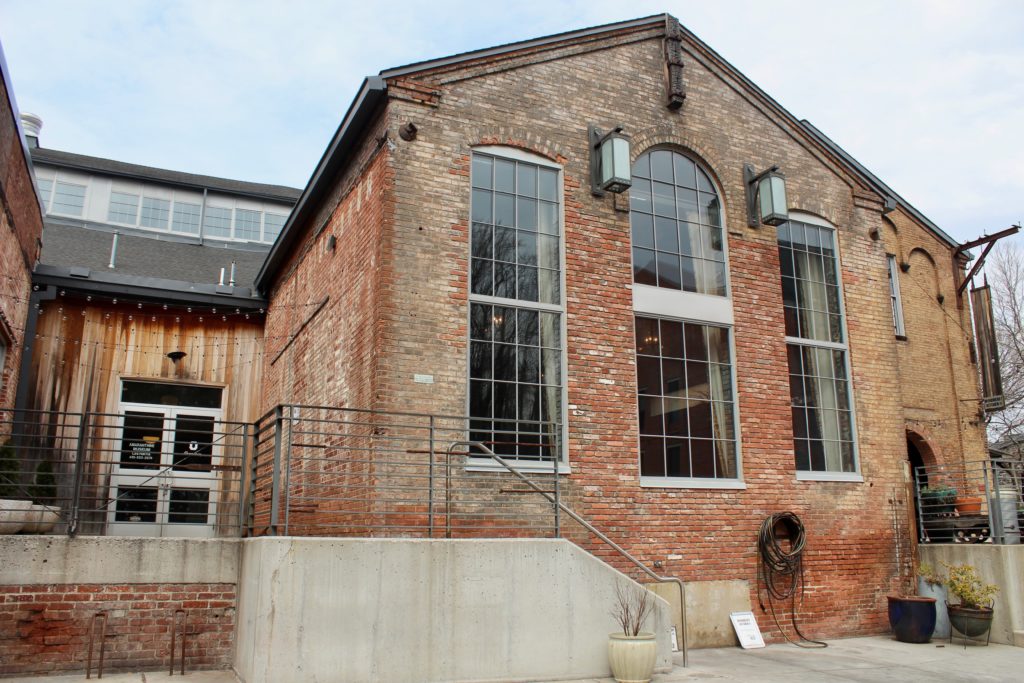
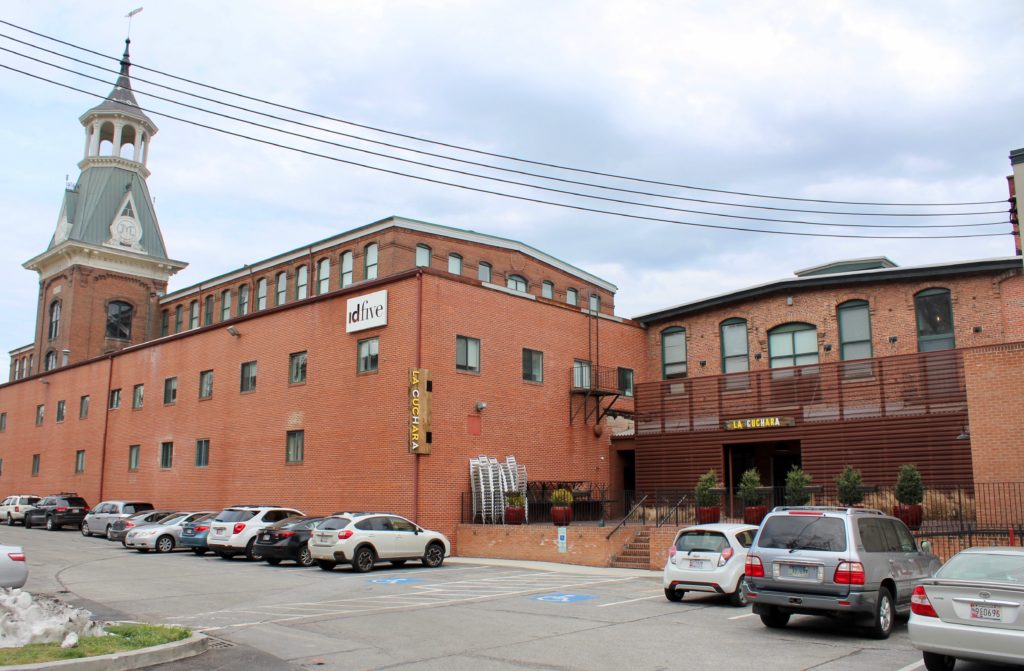
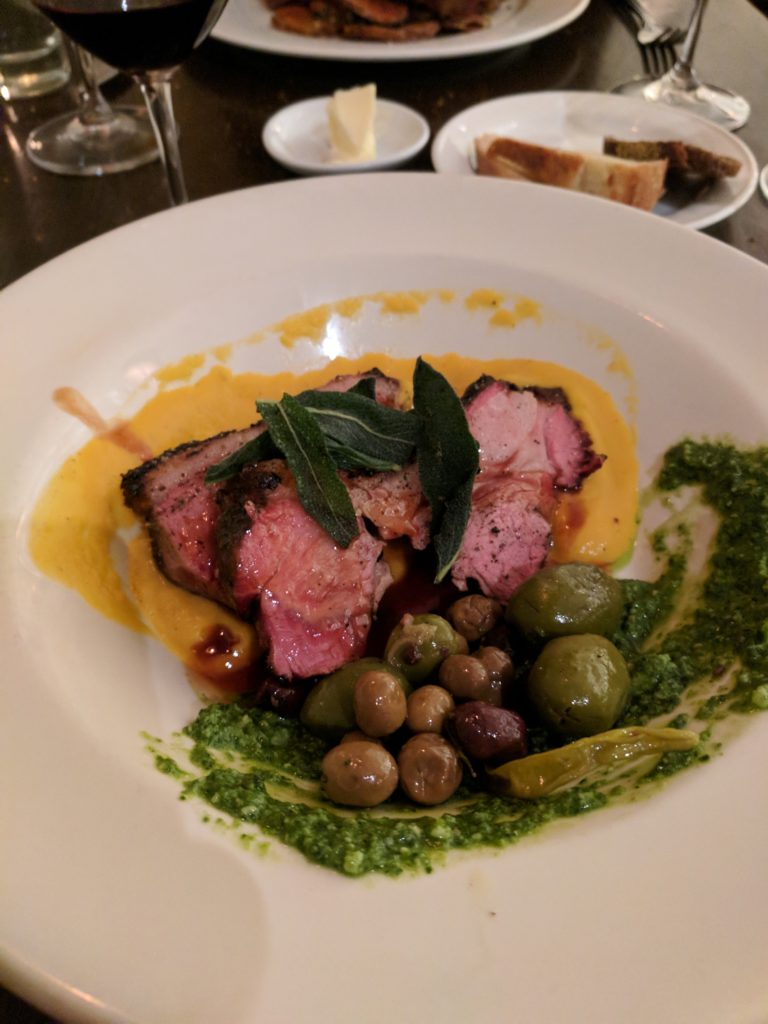
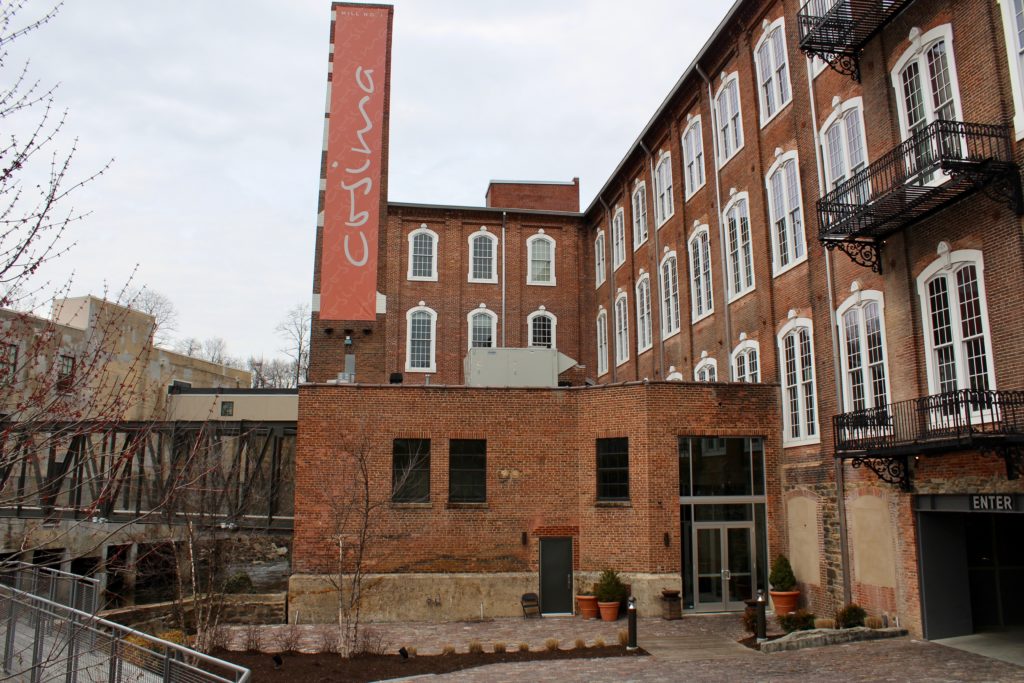
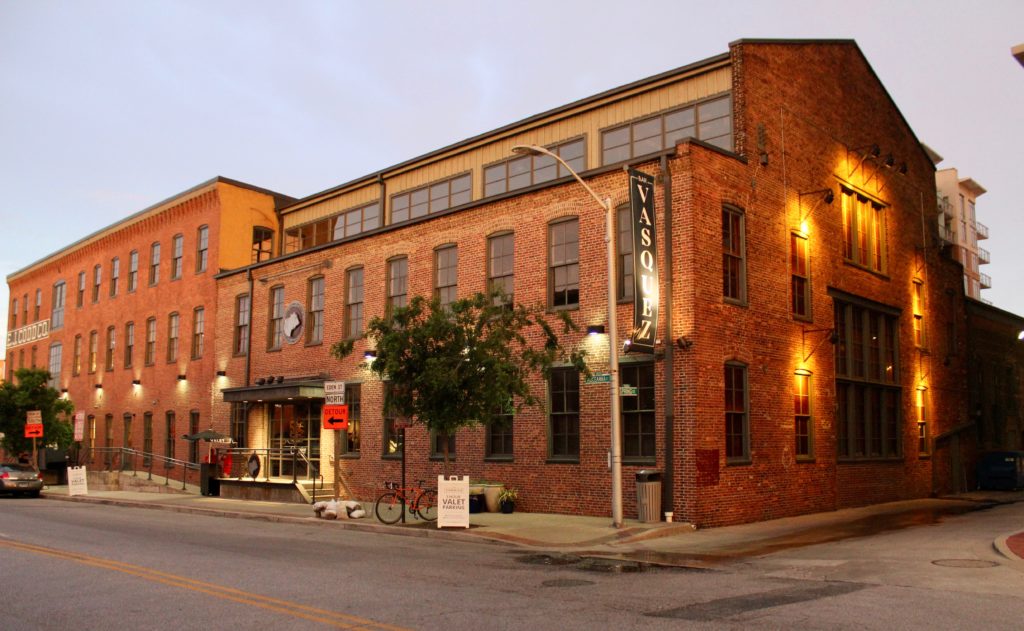
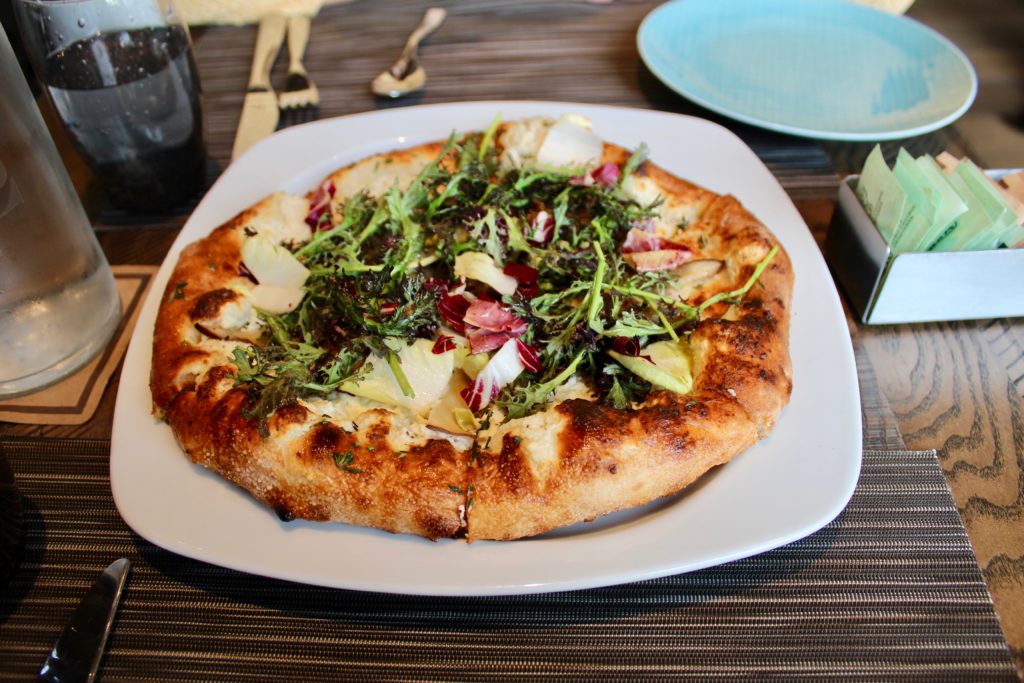

Leave a Reply